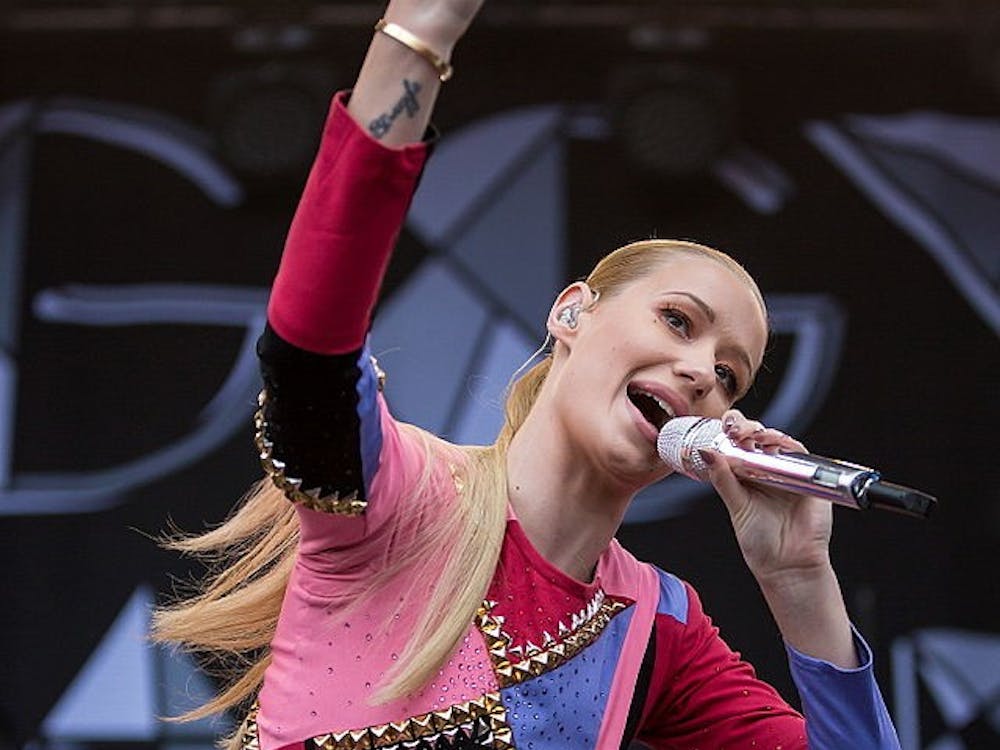At first glance, Gears of War 2 doesn’t look like a very big departure from its predecessor. There are some obvious changes and improvements, of course. New weapons and a new story line have been added, but these additions on their own are not enough to make the game feel like an entirely new experience. When combined, however, all of these little enhancements and added features create a game that is oddly familiar yet novel at the same time.
Just like the first game, Gears of War 2 has the player take on the role of hardened war hero and ex-convict Marcus Fenix in his fight against the subterranean alien race known as the Locust. The game’s story picks up six months after the end of the first game, and humanity is getting desperate. Winter is setting in, a new disease called “rustlung” is developing among the troops, and entire cities are sinking underground because of a new Locust tunneling technique. It’s up to Marcus and the rest of Delta Squad to investigate the sunken cities and stop the Locust from sinking any more.
For anyone who played through the first game’s poorly explained and vague single player campaign, Gears of War 2’s story may stick out as one of the major improvements to the game. While the story may be improved, however, it still is not great. The game has a really detailed exposition, but the plot eventually devolves into a series of events that simply string the player along from level to level. While this may seem typical of video game narratives, the fact that Epic Games, the developers of the Gears franchise, hired a group of writers for Gears of War 2 had me expecting better results.
Although it may not be readily apparent, some very subtle changes in player movement arguably have had the biggest impact on how the game is played. The overall slower speeds of the characters (and the even slower speeds at which characters being shot move) increase the importance of cover and discourage the player from rushing at enemies with their shotguns. These changes make Gears of War 2 play more like the cover-based, tactical shooter that the Gears of War franchise was designed to be.
After completing the story and acquainting yourself with the all the new gameplay features, you can go online to test your skills in a variety of multiplayer modes. Most of these modes have taken the pretty standard modes present in other shooters like Halo or Call of Duty and tweaked them just enough to make playing them a distinct Gears experience. For example, there is a mode called “Submission,” which plays much like a standard capture-the-flag game — except the flag is an AI character armed with a shotgun who is not afraid to defend himself.
Other than that, Gears of War 2 has made little more than the standard improvements to an already robust and wildly popular competitive multiplayer system. A new matchmaking and party system allows players to join and play matches more easily, the number of players has been increased from eight to 10, and there are some new game types and maps. The most exciting multiplayer change is the addition of the cooperative “Horde” mode, which pits five human players against increasingly difficult waves of the Locust horde.
Gears of War 2 is a great example of a good sequel. Practically every aspect of the game has been improved, and while some features still aren’t great in comparison to other titles, Gears of War 2 is nevertheless one of the strongest titles of this holiday season.






